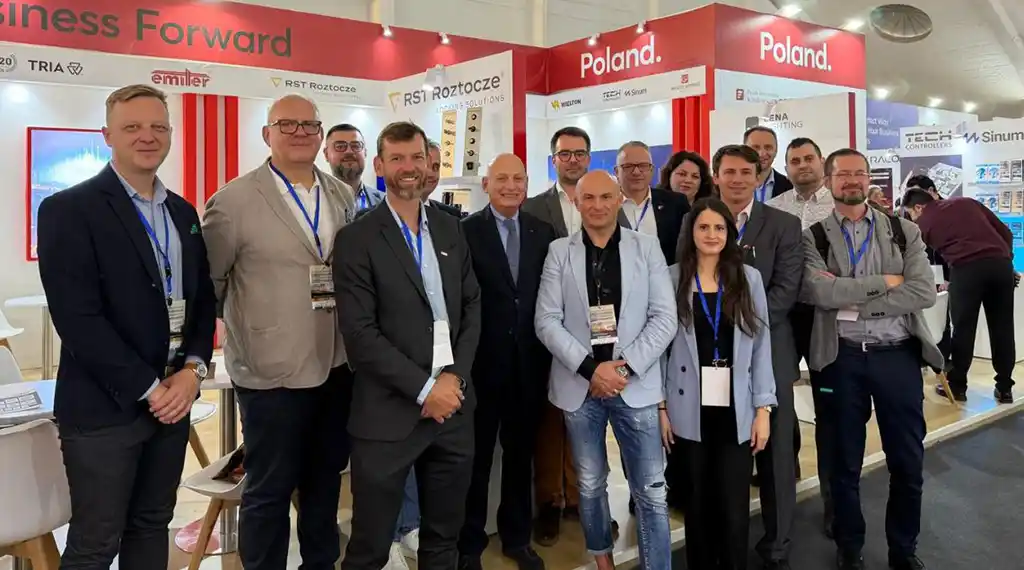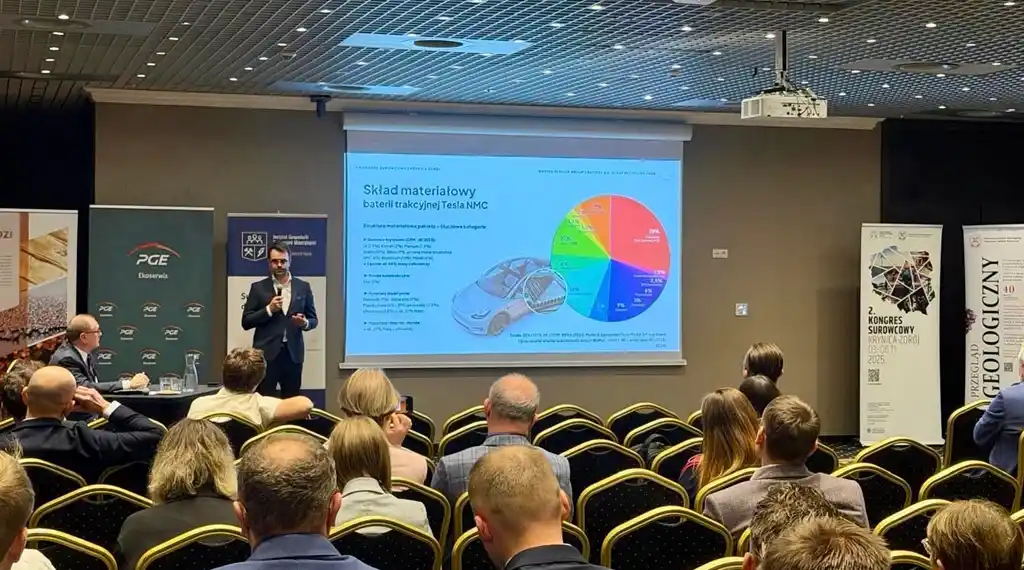
Washing machines, refrigerators, computers, irons and other electrical appliances are an invaluable source of precious metals and many materials that can be reused. This year, for every inhabitant of the planet, there will be 8 kilograms of e-waste in the world, of which only 17.4% will be recycled. The remaining amount that goes to the landfill is worth $10 billion. And this is only for IT equipment.
WEEE is nothing more than used electronic and electrical equipment, colloquially known as e-waste or e-waste. This group includes worn, obsolete or broken equipment of various types, once powered by electricity or batteries.
In the garbage you can find real gold. Electrowaste is full of valuable elements. Unfortunately, most of them are not recycled
The e-waste that has been defined, and which can be recycled, is grouped into six groups. Each of these groups is strictly characterized both in size and in the materials from which it is built.
In addition, the classification was based on the technological processing capabilities of the equipment, that is, the possibility of recycling. The classification includes the following classes:

According to information published by the Nairobi-based United Nations Environment Programme (UNEP), humanity produces 50 million tons of used electronic equipment every year (It is estimated that the value of various materials and raw materials recovered from this e-waste amounts to as much as €48 billion).
Only 20% of this waste is recycled. The remaining percentage is stored in homes or disposed of in general landfills, thus becoming a threat to the environment.
An example of the threat posed by e-waste that is not recycled is mobile phones. One such device left in the natural environment is capable of contaminating 1 m3 soils and cause 400 liters of water to be unusable.
In the case of Europe, statistics show that Every person in the European Union produces around 16 kilograms of e-waste every year, less than half of which is well harvested and recycled. According to Eurostat, the largest producers of e-waste are: Germany, the United Kingdom and France.
Poland ranks 7th among all EU countries. In 2021, about 560 thousand tons of this waste were collected on the territory of our country, and this value is expected to increase annually, despite the fact that 2.43 million pieces of broken equipment (for IT assortment) remain in our homes, which could already be handed over for processing. 21 per cent Poles are also admitted to the fact that they threw used electrical and electronic equipment into a general garbage container despite the awareness of the need to transfer the EEZs to designated places.
A big problem with e-waste in the global circulation is the smallest e-waste. The United Nations estimates that in 2022, 2.4 billion small e-waste was generated worldwide, including e-cigarettes, electric toothbrushes and toys that run on electricity or battery. In Europe alone, every year, the inhabitants of the continent throw away 1.4 kilograms of small e-waste per person. There are so many e-cigarettes thrown into general rubbish bins every year that together they weigh 6 times as much as the Eiffel Tower.

In the list of e-waste you can find used computers, telephones, televisions, irons, among others
Virtually anything can be recovered and processed from e-waste. Metals (including precious metals such as gold, silver, platinum and rare earth metals), metal alloys (e.g. aluminum, which is a high-carbon material in production), plastics, mineral oils, heat-resistant glass are just a few examples of raw materials to be extracted from e-waste.
To illustrate the economic and environmental sense of e-waste recycling, it should be pointed out that by processing a ton of e-waste, we get 100 times more gold than when processing a ton of gold ore.
And other examples? Here they are:
Source: zielona.interia.pl
Link: https://zielona.interia.pl/smieci-plastik/news-w-naszych-smieciach-jest-zloto-i-to-doslownie-marnujemy-je-n,nId,7130417

16/12/25
Wastes Service Group's participation in the ELEC Expo in Casablanca includes discussions on critical raw materials, battery recycling and stable supply chains for energy and electromobility.


16/12/25
We are pleased to announce that Wastes Service Group participates in the economic mission to Morocco, organized by the Polish Investment and Trade Agency (PAIH).


15/11/25
Wastes Service Group participates in Batteries Event 2025 in Lyon. Filip Gabryelewicz will present our new Battery & e-Scrap Recycling Park and present a practical approach to Urban Mining.
